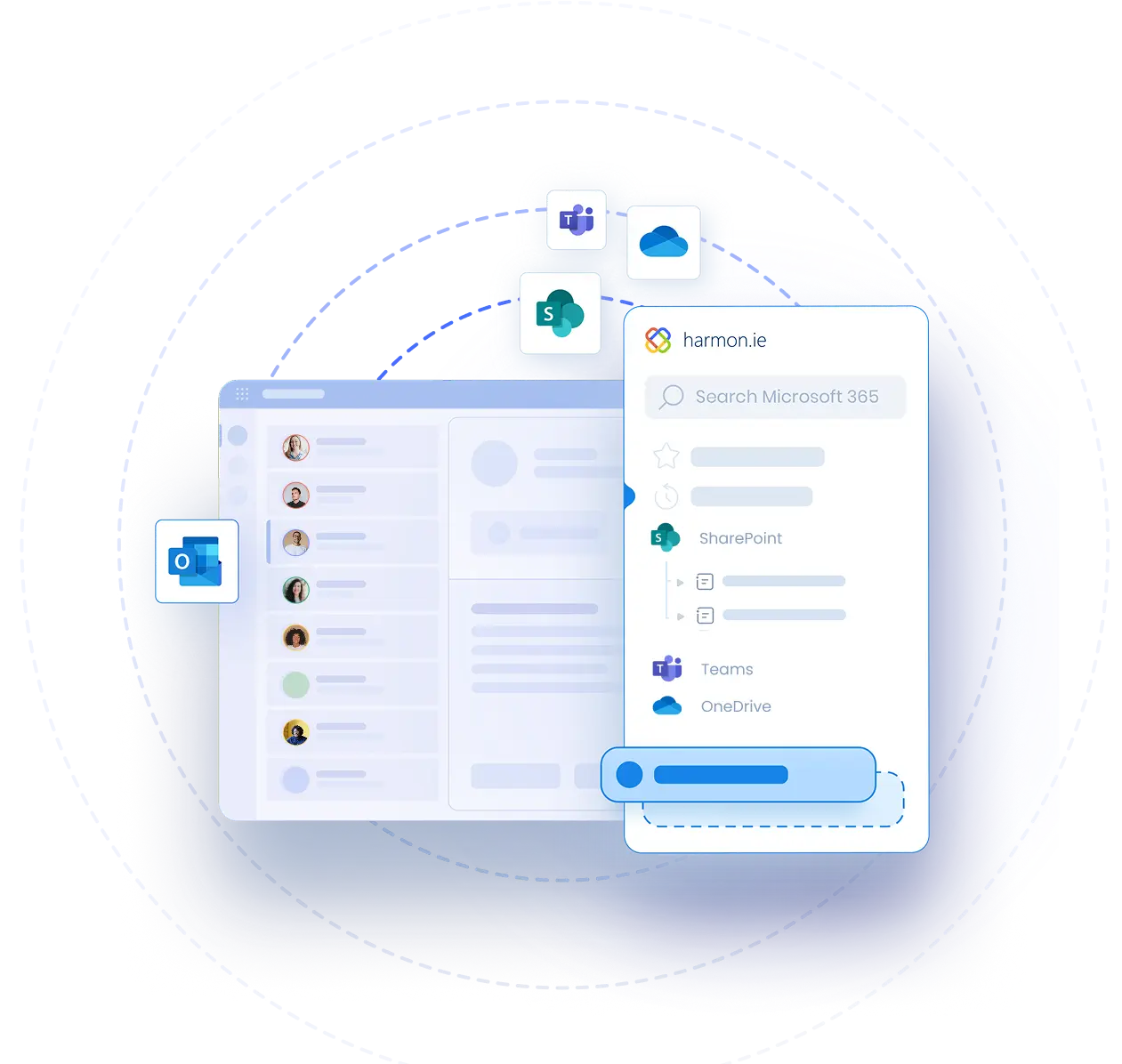The Role of Email in the Post-Pandemic Digital Workplace
Webinar Transcript

Get Started Today!
See how harmon.ie simplifies document and email management – all from Outlook


Deploy harmon.ie centrally and empower users to manage Outlook emails and documents in Microsoft 365 without disrupting their workflow.